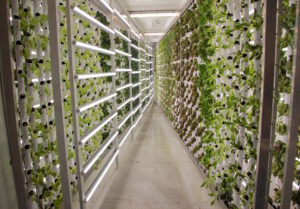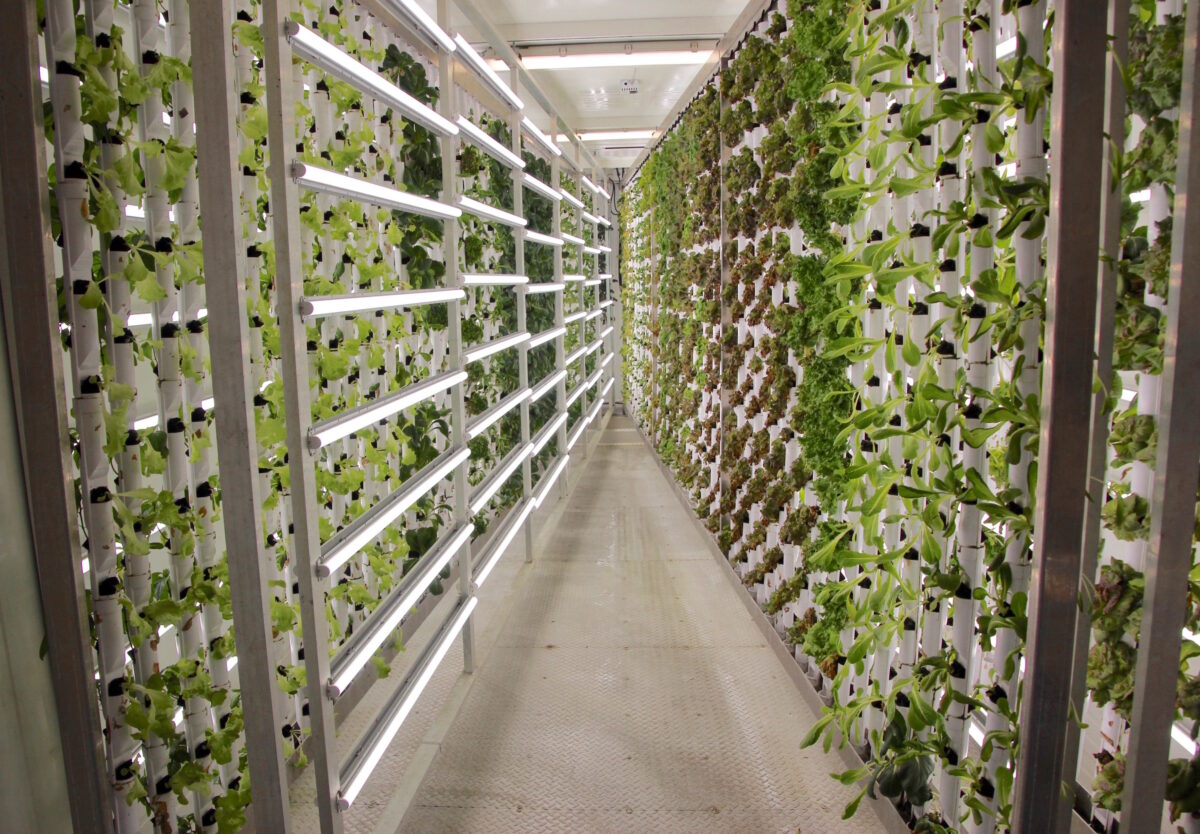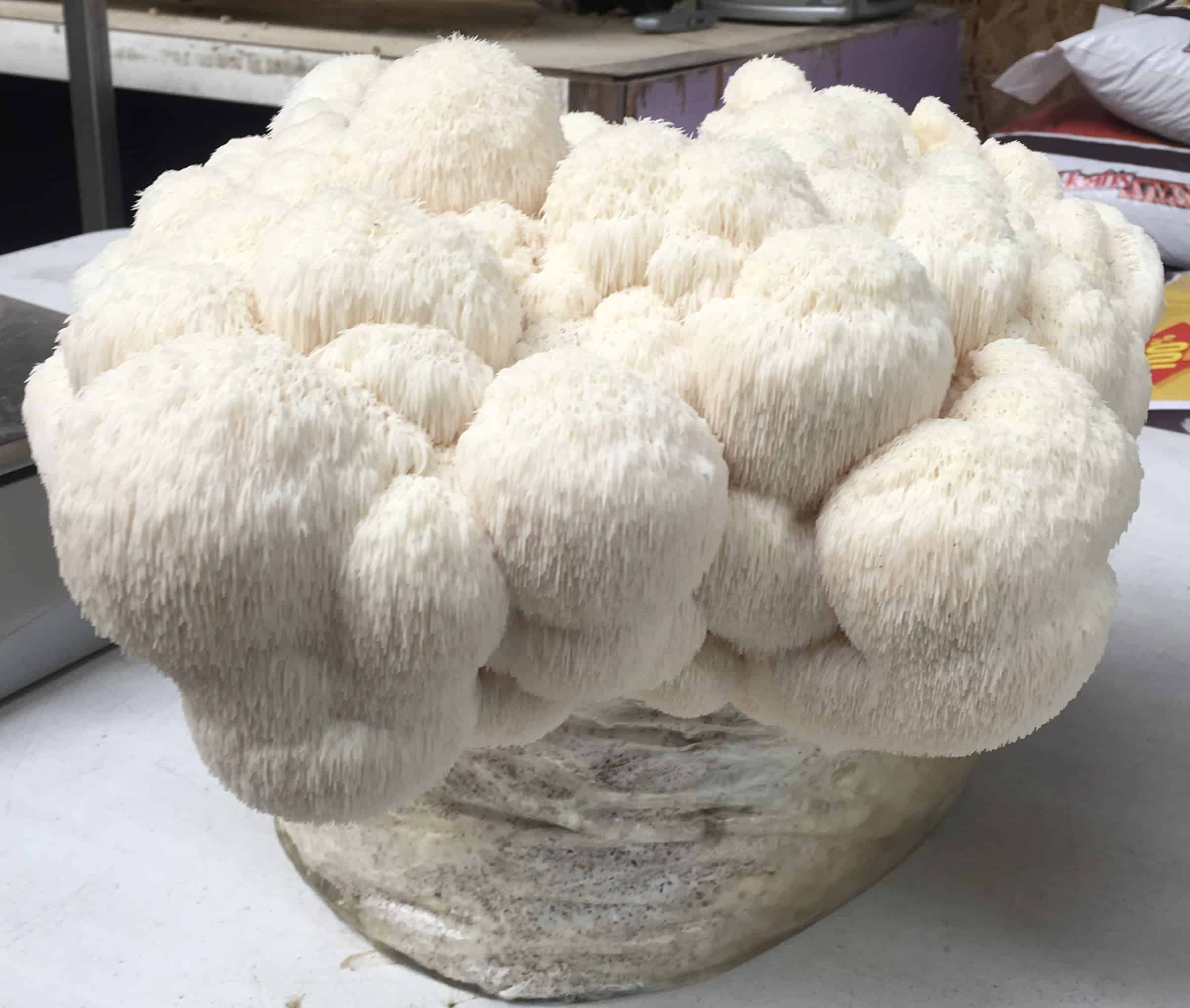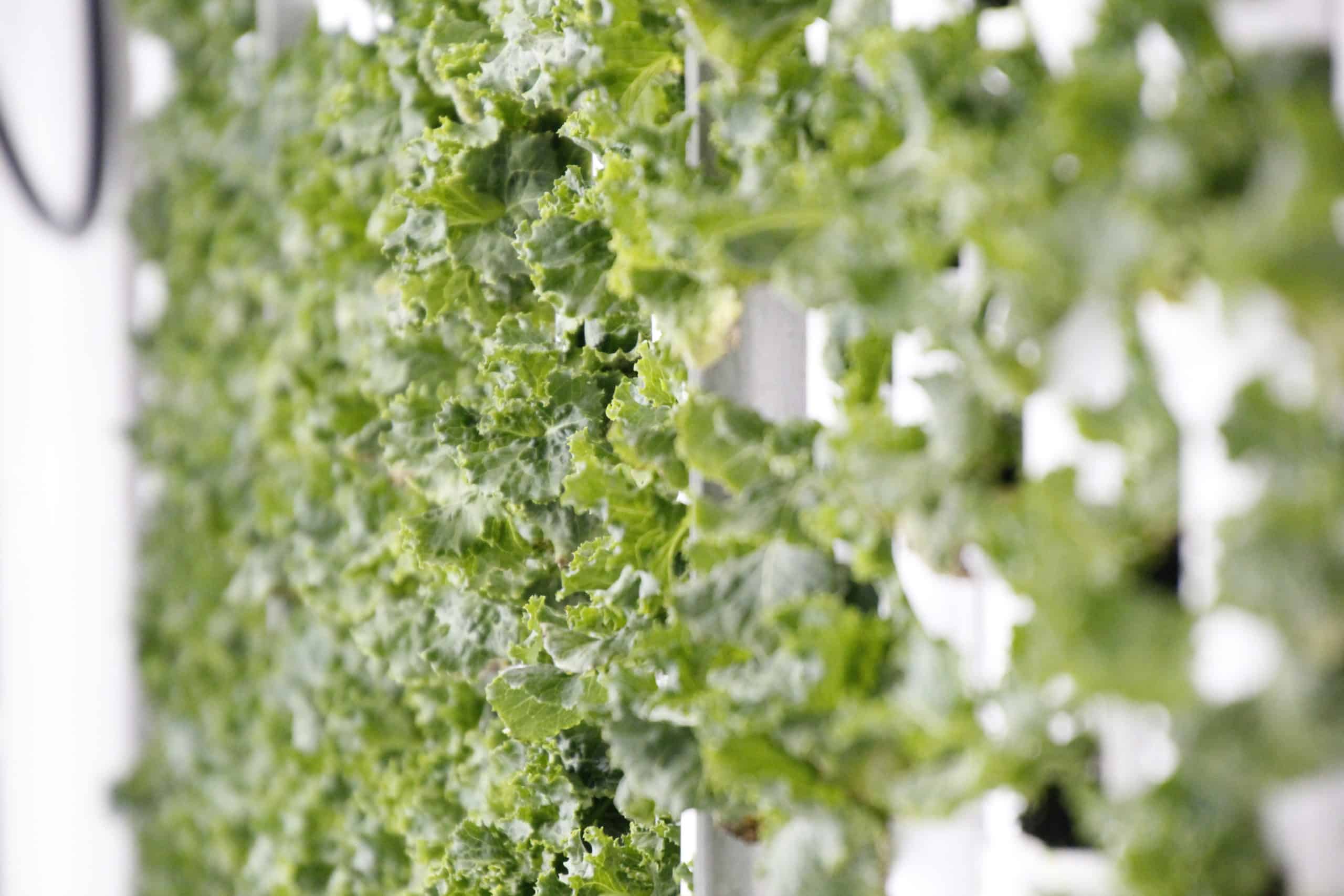Container farming, a version of indoor farming also known as vertical farming, involves growing crops in controlled environments within shipping containers or other enclosed spaces. The advent of this technology, which relies on sensors to control the growing parameters, holds a lot of promise, especially as climate shifts continue to farmers and ranchers in traditional settings. While it’s difficult to predict the future with absolute certainty, it’s now possible identify several potential long-term impacts of container farming.
Sustainable agriculture: Container farming offers a more sustainable and efficient way to grow crops compared to traditional outdoor agriculture. By using less land, water, and pesticides, it can help reduce the environmental impact of agriculture. This could lead to a decrease in deforestation, habitat destruction and the use of harmful chemicals that end up in our food and drinking supply.
Local Food Production: Container farming allows for year-round production of fresh produce, regardless of the local climate. This can reduce the need for long-distance transportation of food and promote local food systems. It may also help address food security and reduce the carbon footprint associated with food distribution.
Improved Resource Efficiency: Container farms can make more efficient use of resources like water, energy, and space. They often use hydroponic or aeroponic systems, which consume less water than traditional soil-based farming. Advanced climate control and LED lighting systems can optimize energy use. Colorado-based FarmBox Foods uses pre-insulated to help energy draws.
Food Security: Container farming can play a crucial role in ensuring a stable food supply in areas with food scarcity or those affected by natural disasters. The ability to control growing conditions can help mitigate the effects of climate change and other environmental challenges.
Job Creation: The container farming industry is growing, creating jobs in areas such as plant science, engineering, data analysis, business planning, and farm management. This can contribute to local and regional economic development.
Technology Advancements: As container farming technologies continue to evolve, they may lead to breakthroughs in agriculture, such as improved crop genetics, pest and disease management, and data-driven decision-making. These advancements are expected to benefit traditional agriculture as well.
Reduced Food Waste: By enabling on-demand production and minimizing transportation distances, container farming can help reduce food waste — currently a significant global issue — because food arrives on the plates of consumers much sooner after being harvested.
Educational Opportunities: Container farming can serve as a valuable educational tool, teaching people about plant biology, technology, and sustainable farming practices. Schools, universities, and community organizations use container farms to engage students and the public, including the South Carolina Governor’s School of Science and Math, Delaware State University, the EPIC Campus in Littleton, Colo., and more to come. 
Space Exploration: Container farming concepts have been explored for space missions, such as Mars colonization, where growing food in a controlled environment is essential due to harsh environmental conditions. Research in this area may have applications for future space exploration.
The long-term impact of container farming is likely to be positive, with the potential to transform agriculture, reduce its environmental footprint, and address food security issues. But it will depend on continued technological advancements, cost reductions and successful integration into existing food production systems for it to make a sizable impact as we head into an uncertain agricultural future.




